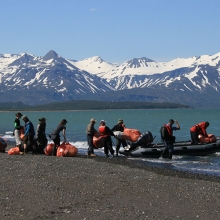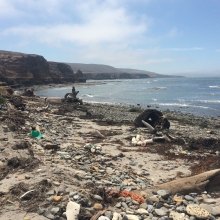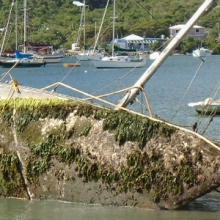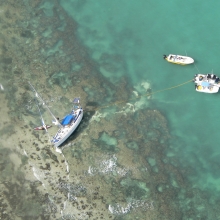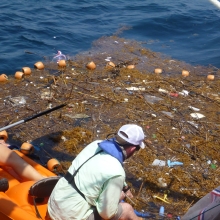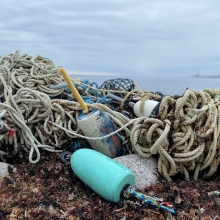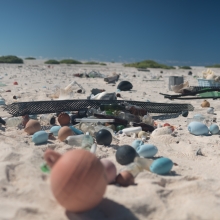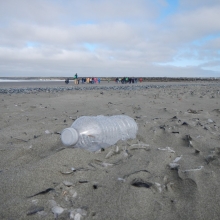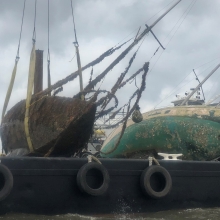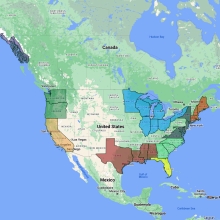The National Oceanic and Atmospheric Administration Marine Debris Program is the United States Government’s lead for addressing the impacts of marine debris on our ocean, waterways, and Great Lakes. We work with organizations around the United States and globally to prevent marine debris from entering the environment, remove it from coastal areas, better understand the problem through research and shoreline monitoring, and respond to debris created by disasters. Learn more about the Marine Debris Program.

Kuaihelani: Taking a Closer Look at Marine Debris within the Papahānaumokuākea Marine National Monument
Kuaihelani, meaning “the backbone of heaven,” describes a mythical floating island in the sky, possibly originating from the large lagoons that reflect the sky. This atoll is a Wildlife Refuge and part of the Papahānaumokuākea Marine National Monument. The monument is the only UNESCO World Heritage Site in the world to be classified for its cultural and ecological importance. Still, it’s also impacted by the large fishing nets, plastics, and other debris that wash up on its shores. This debris can significantly impact the atoll's wildlife and habitats, and its removal is a critical part of protecting the health and cultural heritage of this area.
Marine Debris Program Regions
In this section, you can find state or region-specific information on current marine debris projects and activities. Marine debris impacts every U.S. coastal state and territory. In order to address it, the NOAA Marine Debris Program positions coordinators around the country to provide local expertise and guidance to marine debris stakeholders.
 An official website of the United States government.
An official website of the United States government. 
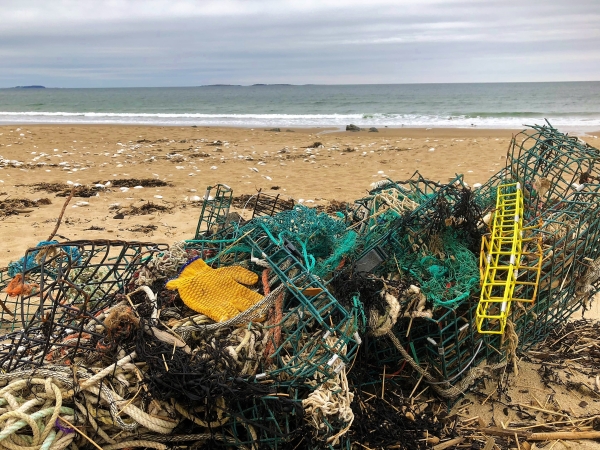 Special Funding Opportunity: Nationwide Fishing Trap Removal, Assessment, and Prevention Program
Special Funding Opportunity: Nationwide Fishing Trap Removal, Assessment, and Prevention Program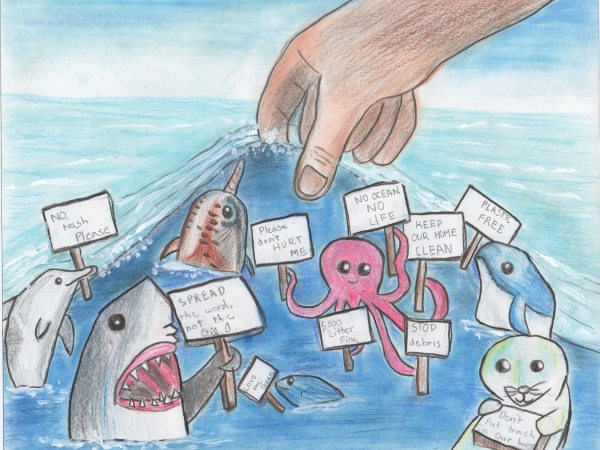 Congratulations to Our 2024 Art Contest Winners!
Congratulations to Our 2024 Art Contest Winners!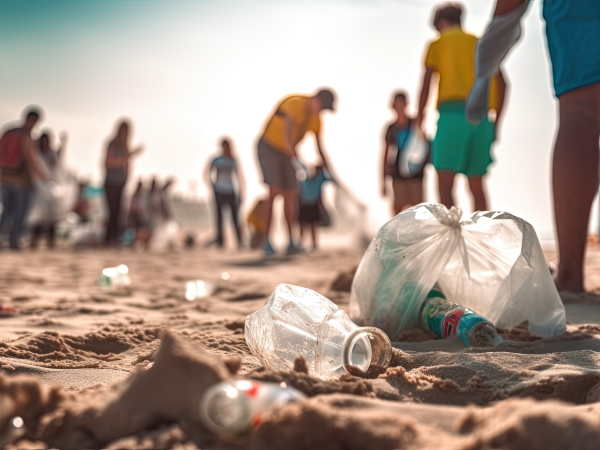 2024 Ocean Odyssey Marine Debris Awards for Diversity, Equity, Inclusion, Justice, and Accessibility
2024 Ocean Odyssey Marine Debris Awards for Diversity, Equity, Inclusion, Justice, and Accessibility